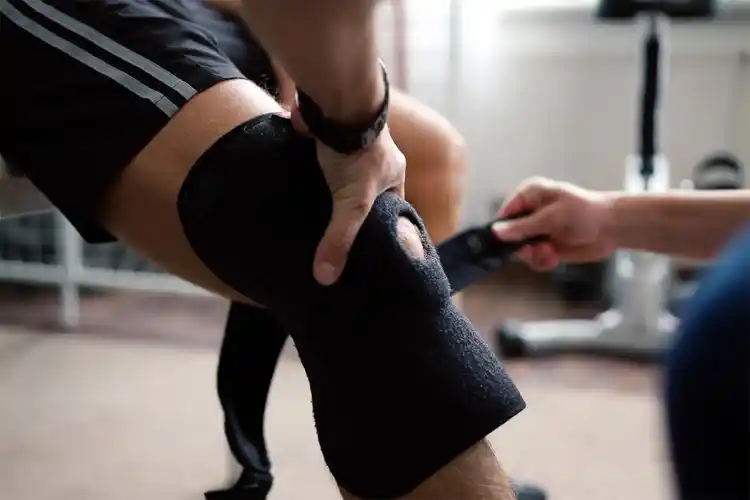Tips to Lessen Spasticity

Hide Video Transcript
Video Transcript
[MUSIC PLAYING]
Proper positioning can make a big difference in minimizing spasticity. It can be as simple as adjusting the height of a footrest or adding more cushions to your seat. An occupational therapist can teach you how to reposition and make home modifications.
Modifying your home can make daily activities easier. You can lower the clothes bar and replace small drawer handles with larger knobs. You will expend less energy and feel more independent. Your therapist may also recommend using assistive devices. Splints and braces help keep your limbs in a normal position, making it easier to move around. Dressing and grooming aides that extend your reach can help you complete daily activities safely.
Make stretching part of your daily routine. Stretching helps to release tension in the muscles and maintain your full range of motion. A physical therapist can teach you exercises to help improve your flexibility and strength. Relaxation techniques such as deep breathing exercises and guided meditation can help reduce your symptoms when you feel stressed or anxious. Reach out to your family or friends or to a counselor when you are struggling.
There is no need to struggle alone or tough it out. Spasticity can improve with therapy and does not have to be tolerated. Call your doctor to discuss a therapy plan that works for you. It can take time, but be persistent. Spasticity improves by combining adjustments in daily activities, exercise, and medication.
SUBJECT
Spasticity is a condition that causes certain muscles to contract and remain that way. Let's review some ways to manage your symptoms and reduce flare-ups. Keep track of what activities and environments trigger spasticity. You can avoid stressful environments and modify daily activities to reduce your symptoms. Cold temperatures, tight clothing, and stress are common triggers. Proper positioning can make a big difference in minimizing spasticity. It can be as simple as adjusting the height of a footrest or adding more cushions to your seat. An occupational therapist can teach you how to reposition and make home modifications.
Modifying your home can make daily activities easier. You can lower the clothes bar and replace small drawer handles with larger knobs. You will expend less energy and feel more independent. Your therapist may also recommend using assistive devices. Splints and braces help keep your limbs in a normal position, making it easier to move around. Dressing and grooming aides that extend your reach can help you complete daily activities safely.
Make stretching part of your daily routine. Stretching helps to release tension in the muscles and maintain your full range of motion. A physical therapist can teach you exercises to help improve your flexibility and strength. Relaxation techniques such as deep breathing exercises and guided meditation can help reduce your symptoms when you feel stressed or anxious. Reach out to your family or friends or to a counselor when you are struggling.
There is no need to struggle alone or tough it out. Spasticity can improve with therapy and does not have to be tolerated. Call your doctor to discuss a therapy plan that works for you. It can take time, but be persistent. Spasticity improves by combining adjustments in daily activities, exercise, and medication.
